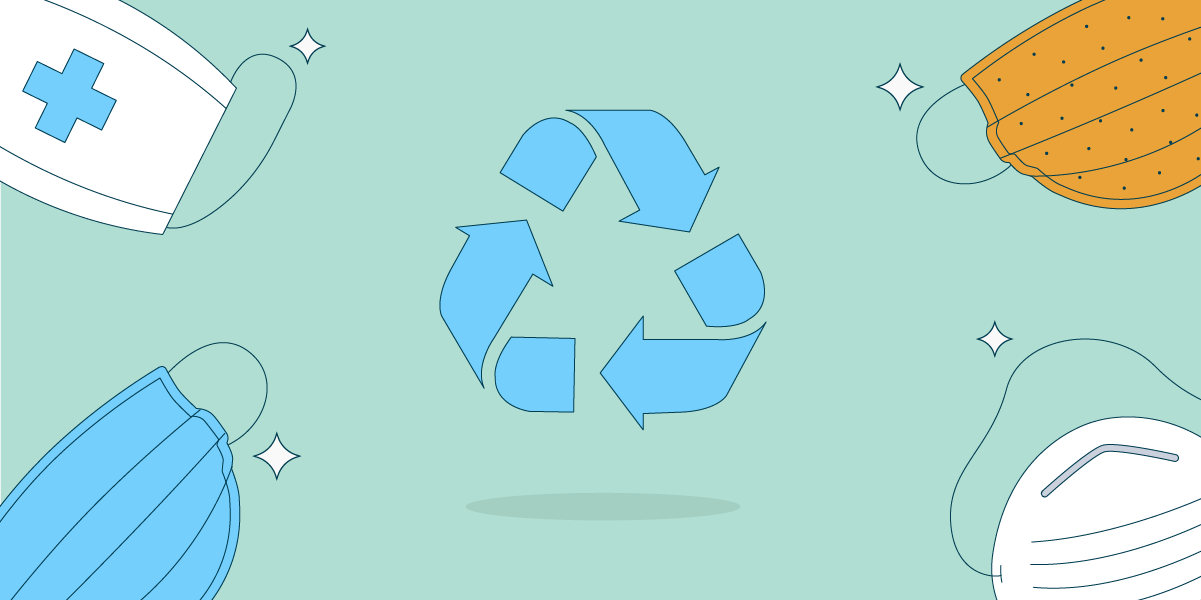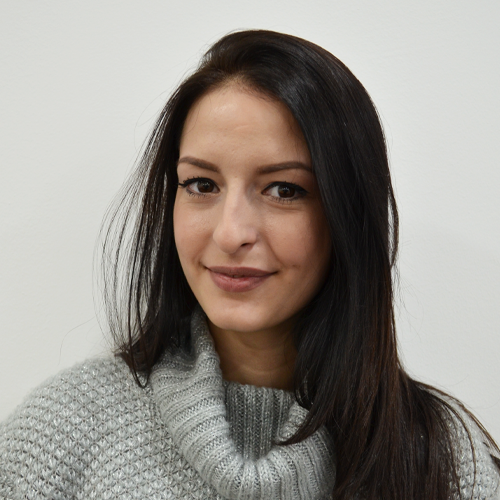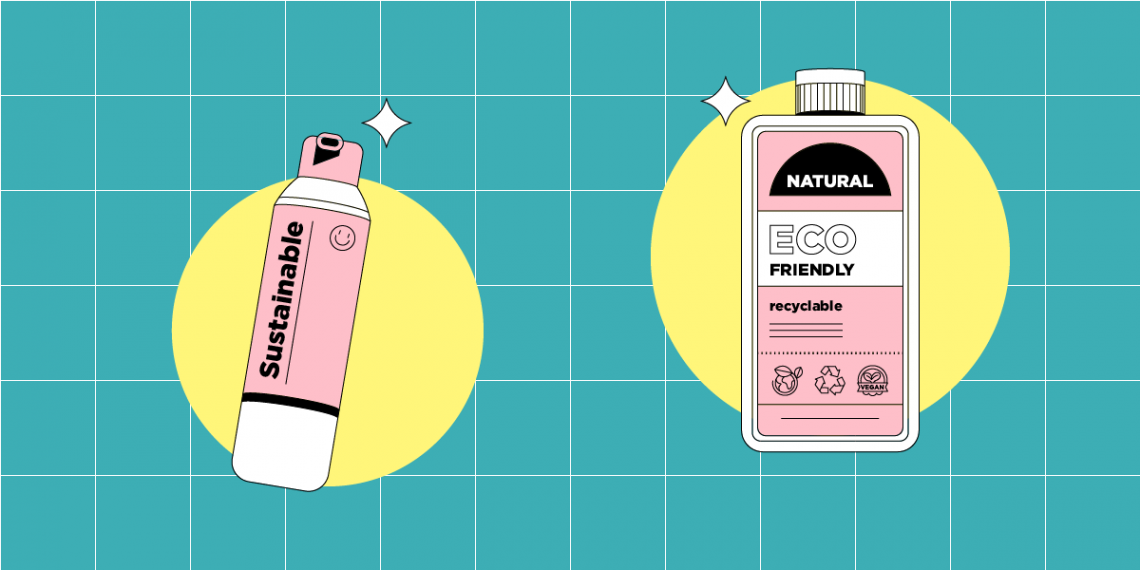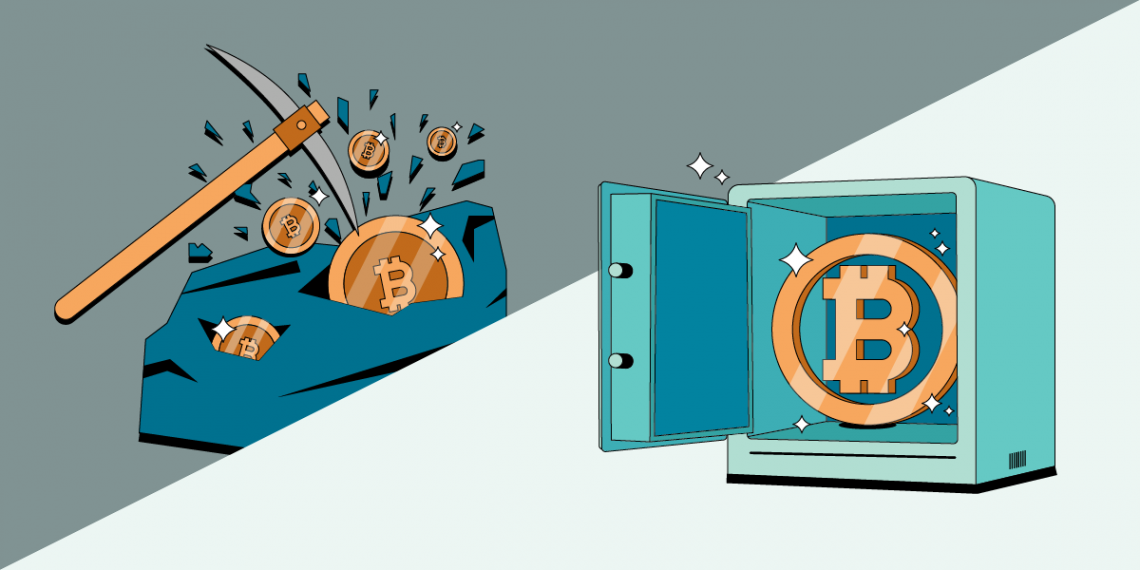Every now and again, a scenario arises that prompts us to be more creative. Sometimes it is a good reason that inspires us, and other times it is a chain of bad occurrences, which is exactly what we will address in this article. COVID-19 rocked the globe and produced a number of difficulties, one of which is a large amount of plastic trash that is cluttering landfills and becoming a severe problem. There are several answers to the same problem, and in this case, one innovation does not eliminate the other. Let’s analyze which innovative designs popped just when we needed them the most.
Automated face mask recycling system
Two Warsaw University of Technology students have received a national Dyson prize for their invention of the machine to clean and recycle medical face masks, therefore reducing plastic waste. They gave their innovation a name. It’s called the Xtrude Zero, and it can take in face masks and produce reusable plastic pellets. Masks are cut apart and their layers are separated before being shredded. Shredded bits are then fused together under the heat source to produce a continuous strand of filament. There is a rotary blade in charge of chopping the filament into pellets. Finally, the pellets are disinfected by passing them via a UV light before they come out.
Because of its small size, the machine may be put in almost any public location, making it accessible to the general population. Because it is modular, it may be quickly expanded up to a big operation, maximizing the number of face masks recycled. The concept is based on a technology that is already in use (vending machines), making it simple to produce utilizing existing infrastructure with minor modifications.
Discarded face masks used to create plastic stools
A Kaywon University design student gathered thousands of discarded face masks from campus and developed a method to recycle them into multicolored stools. South Korean designer Haneul Kim came up with the concept to upcycle discarded face masks into stackable stools in order to raise attention to the environmental crisis that single-use face masks are causing. Kim believes that this initiative, Stack & Stack, will serve as an example of how face masks may be diverted from contaminating our seas and landfills.
Kim placed mask collecting boxes on campus and emptied them on a regular basis to begin the process of transforming trash into usable everyday things. The masks were then quarantined for several days before being stacked inside a mold and melted one by one using a heat gun. The finished product requires no adhesive or resin to keep it together and is entirely built of recycled face masks with no additional ingredients. Even the marbled white, blue, and pink patterns on the seats are taken from the color of the original masks rather than from additional dyes or paints.






